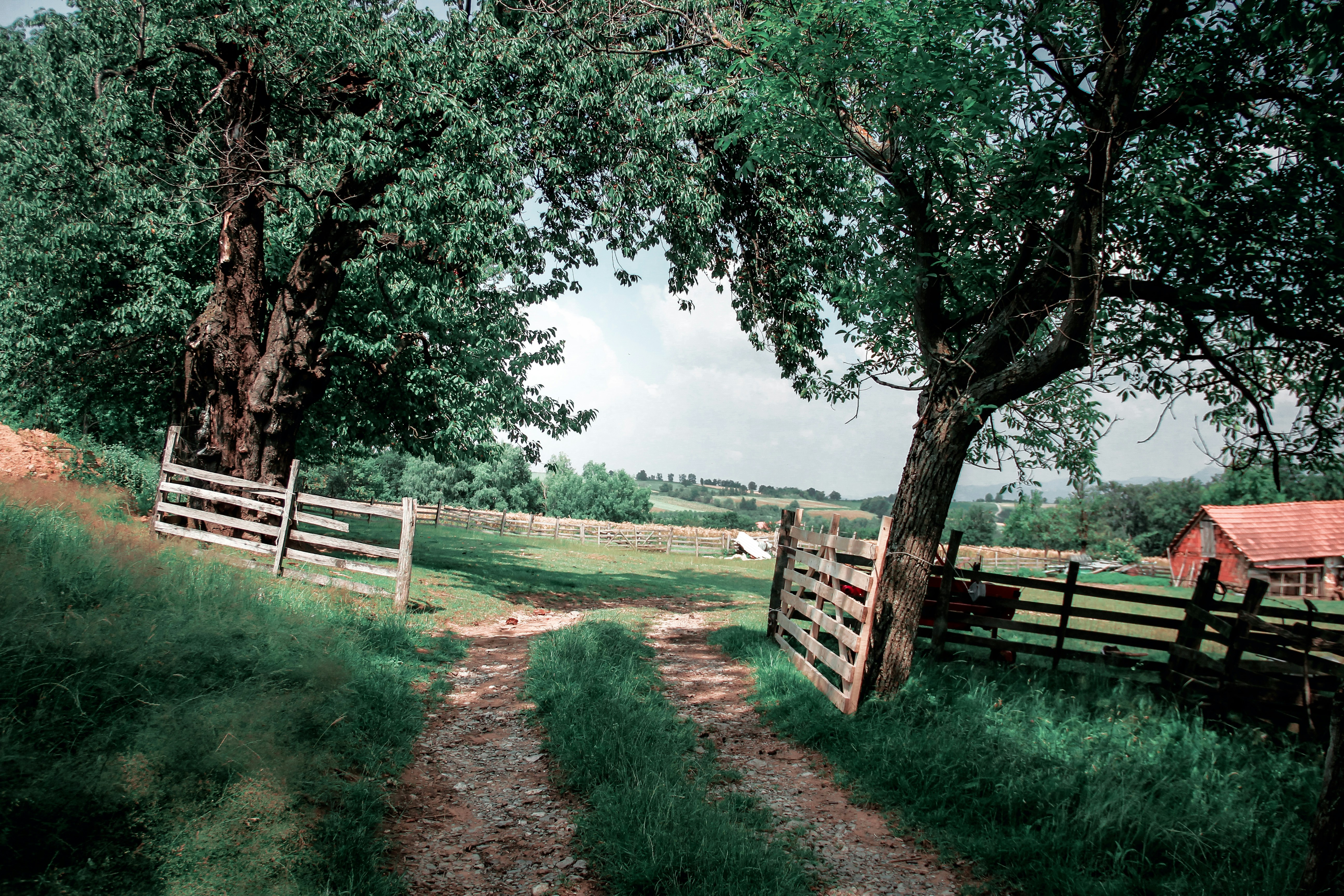Capitalizing on the Shift Towards Rural Living: A New Trend in Real Estate
The real estate market is ever-evolving, keeping pace with societal changes and economic shifts. One trend gaining traction is the shift towards rural living, a movement spurred by the pandemic and the rise of remote work. Eager to escape crowded cities and high living costs, more people are investing in countryside properties. Explore this growing trend and understand its implications for real estate investors and homebuyers.

The Rise of Rural Living
The pandemic has significantly altered living preferences. The ability to work remotely and the desire for more space has driven city dwellers to seek solace in rural areas. This trend is not just a fleeting response to the pandemic; it reflects a deeper shift in lifestyle choices. People are prioritizing quality of life, ample space, and access to nature over the hustle and bustle of city living.
Impact on Property Prices
This shift towards rural living has had a noticeable impact on property prices. Demand for rural and semi-rural properties is skyrocketing, pushing prices upwards. In contrast, urban areas, particularly those dominated by apartments and condos, are seeing a slowdown in price growth due to reduced demand.
Opportunities for Investors
For real estate investors, this trend offers a wealth of opportunities. Rural properties, especially those with modern amenities or the potential for renovation, are seeing an uptick in value. Investors can capitalize on this trend by purchasing rural properties and then renting or selling them to city dwellers seeking a lifestyle shift.
- Tip 1: Monitor rural areas with good connectivity and basic amenities for investment opportunities.
- Tip 2: Look for properties that offer a blend of rural charm and modern comfort.
- Tip 3: Consider investing in home improvement and renovation to increase property value.
Challenges and Risks
While the shift towards rural living presents opportunities, it also brings challenges and risks. Infrastructure in rural areas, such as broadband connectivity, healthcare facilities, and public transport, may not be as developed as in urban areas. Moreover, the trend could reverse if companies call employees back to offices, reducing the appeal of rural living.
Adapting to the New Normal
Adapting to this trend requires foresight and flexibility. Real estate professionals need to understand the needs of the new rural dweller - space, tranquility, and a connection with nature, balanced with the need for modern amenities. Additionally, they should keep abreast of developments in remote work policies, as these will directly impact the demand for rural properties.
In conclusion, the shift towards rural living represents a significant change in the real estate landscape. This trend is reshaping the property market, creating new opportunities and challenges. While this shift is currently in full swing, only time will tell if it will solidify into a long-term trend. However, for the time being, rural properties are a hotspot in the real estate market, providing a unique opportunity for investors and homebuyers alike.




